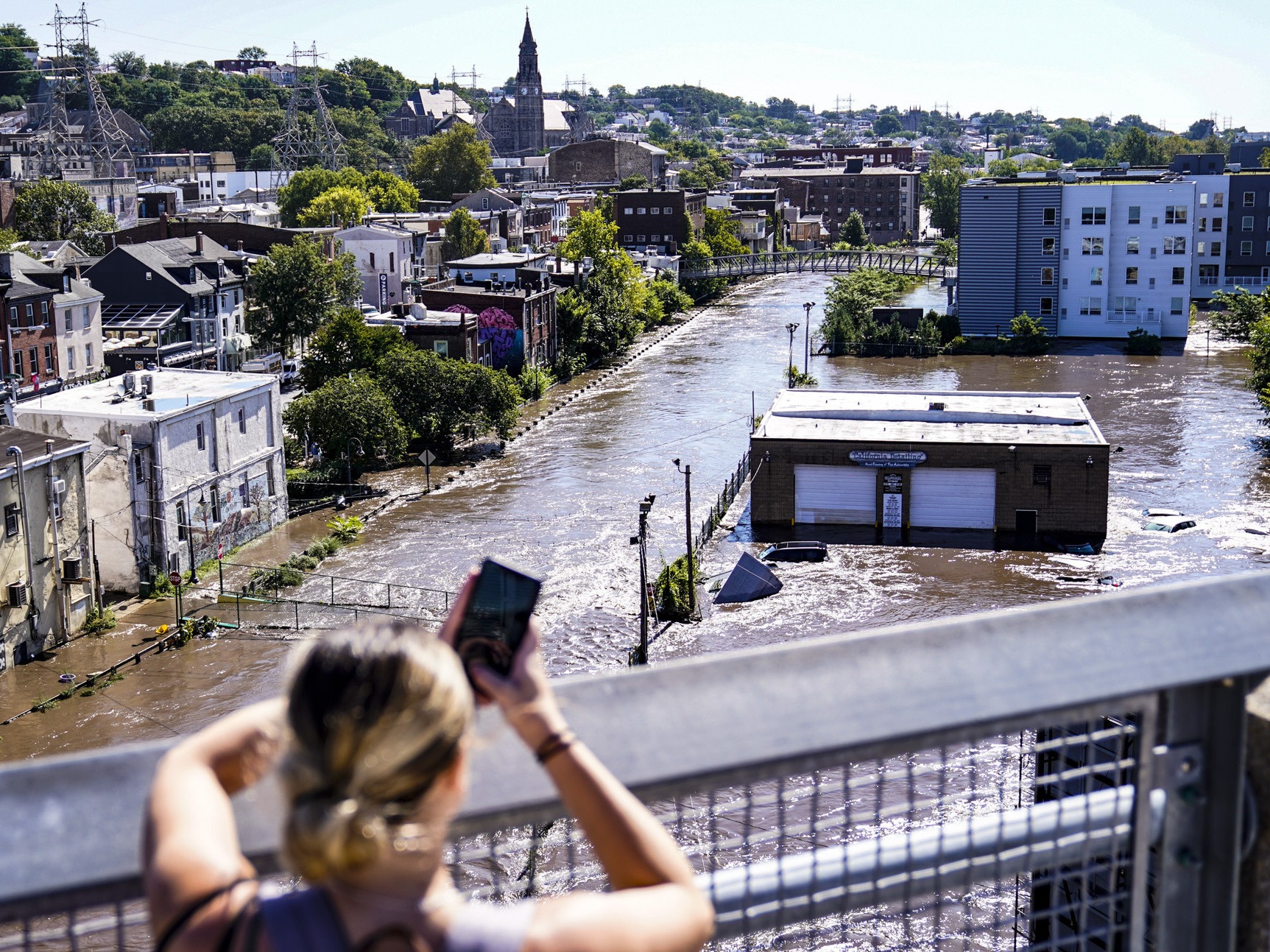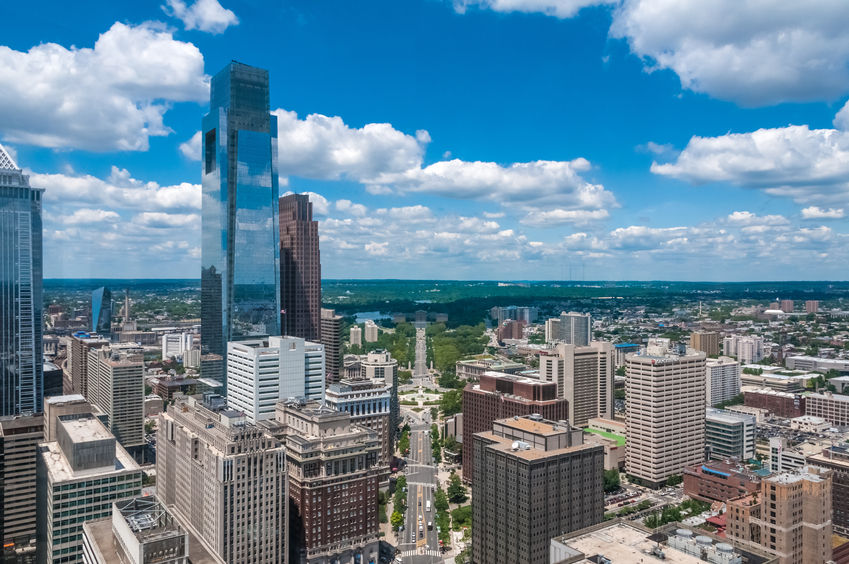This article is from the Earth Refuge’s Spotlight Series featuring Philadelphia.
City Spotlight: Philadelphia To change the overall look In summer of 2021, many cities of the US have witnessed temperatures touching maximum level that scientifically would not have been probable without human induced climate change. Such heat is especially common in cities due to certain features which make the inhabitants of urban environments with the focus on low-income population feel the impact of climate change more than others.
What is the Urban Heat Island Effect:
Heat island effect is the phenomenon whereby a city or part of a city is thermally warmer than its environment for one reason or the other. First of all, cities entail denser amounts of anthropogenic surfaces such as buildings, roads, and dark roofs that contribute to the retention and re-radiation of heat from solar irradiation as compared to the natural surfaces. Also, more vehicles, more air conditioning systems, more industrial buildings all contribute to the heat island effect that is experienced in cities all over the world.
Philadelphia is an open air city that has been identified as among the worst heat islands exemplified by Philadelphia city. Thus, Philadelphia has experienced a three-degree Fahr ANT rise in average summer temperature since 1970, which causes more heat days. Philadelphia has recorded a heath related incidence in the last fourteen years amounting to a nearly 150 deaths. It is seen that the scale of such tragedy is likely to increase further in the future. This summer Philadelphia even proclaimed a Heat Health Emergency, what happens only in May and June, if the temperatures threatens to rise 101°F (38 °C) or more two days in a row, or 98°F (37 °C) or more thrice consecutively. Such a designation activates services such as the city’s heatline and prohibits any residential utility disconnections.

The Disproportionate Impacts
Philadelphia is a perfect example of a heat island, not only because the city became warmer in general but all entitled cities, including Philadelphia conform to this picture where the low-income neighborhoods and the communities of color suffer more under conditions of rising temperatures than any others.
Philadelphia’s Hunting Park neighborhood, which characteristically is one of the poorest areas in the city, is a typical example. According to a report from the Philadelphia City Planning Commission, published in 2007, more than ¾ of the Hunting Park was covered with buildings, roads, and paved surfaces. On the other hand tree canopy which has a cooling effect on the environment constituted only 9% of the area of the neighbourhood. As a result, the neighborhood tends to be significantly warmer than the average city temperature: These data of average surface temperature depict that how Hunting Park could be 22°F (- 6 °C) warmer than other areas.
These disparities in terrain between Hunting Park and the rest of the city are primarily a result of redlining which encompasses a deliberate refusal to provide loans to people in specific neighborhoods often in line with skin color. Redlining mostly shaped old housing policies in the United States that caused the residential segregation as it is today. A paper indicates that temperatures of streets in past Redlined areas in urban places across the United States are up to 5.9 °C (10.4 °F) higher than those of non-redlined places. As for these trends, it is more visible in Southeast and Western states of the US; however, the data derived from the Philadelphia Heat Vulnerability Index also indicates that Philadelphia has not evaded these trends as well.
The Disproportionate Impacts
Philadelphia is an excellent example of a heat island because the city became generally warmer; however, all entitled cities as well as Philadelphia fit the picture of the worsening impact on the low-income neighborhoods as well as the communities of color when the temperatures rise.
The Hunting Park neighborhood in Philadelphia for instance, which typifies many urban black neighborhoods, is among the poorest in the city. Even from a report from the Philadelphia City Planning Commission of December 2007, it was indicated that over ¾ of the Hunting Park was taken up with buildings, roads and paved surfaces. On the other hand tree canopy which has a cooling effect on the environment only comprised nine percent of the area of the neighbourhood. As a result, the neighborhood tends to be significantly warmer than the average city temperature: These data of average surface temperature can illustrate as Hunting Park may be; It maybe 22°F (- 6 °C) warmer than other areas.
The differences in terrain that exist between Hunting Park and the rest of the city are mainly as a result of redlining which includes a conscious decision not to lend to people in certain neighborhoods, which are usually dictated by skin color. Redlining mostly impacted the old housing policies in the United States hence resulting in the formation of the modern day, racially separated living. A paper shows that temperatures of street in former Redlined areas in urban places in the United States are as much as 5. Above ceiling that of other non red-lined areas by 9 °C (10. 4 °F). Regarding these trends, it is more apparent in the Southeast and Western states of the US; however, based on the analysis of the data obtained from this Heat Vulnerability Index Philadelphia has also not been immune to these trends either.



0 Comment